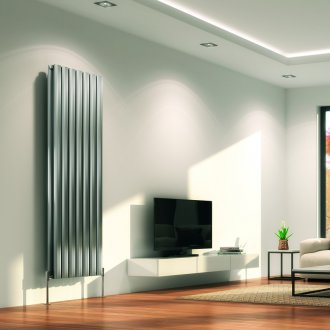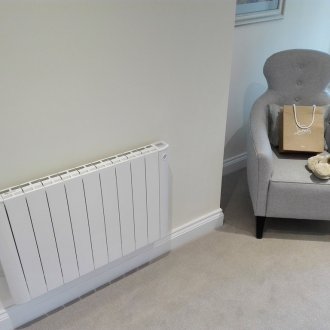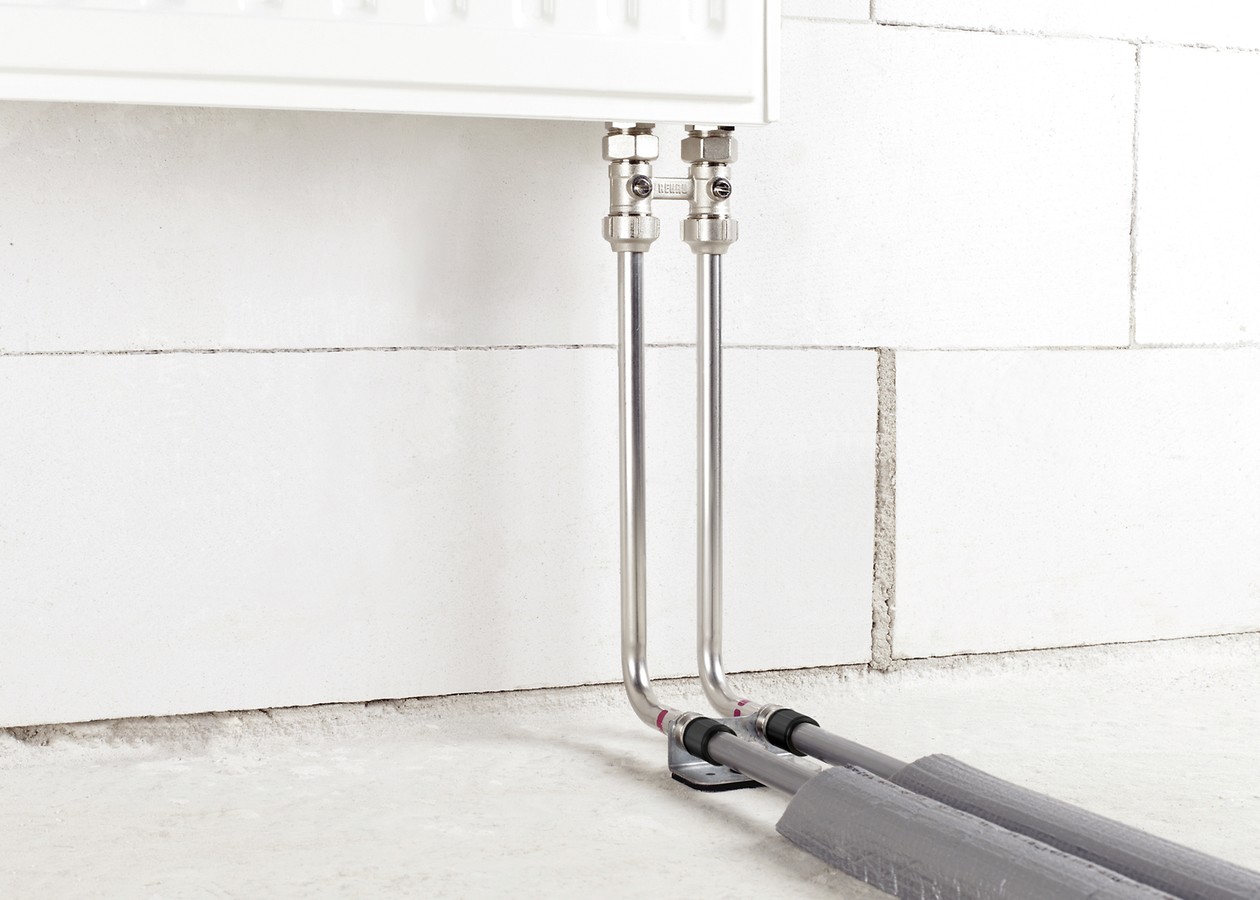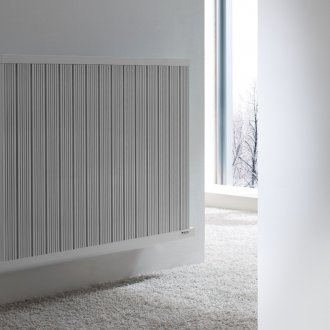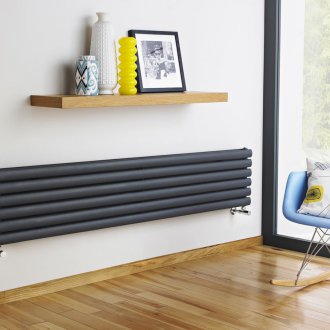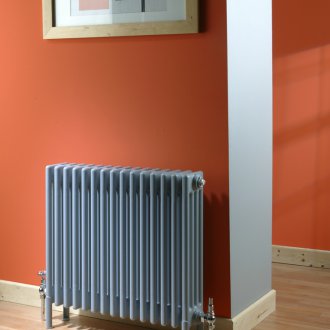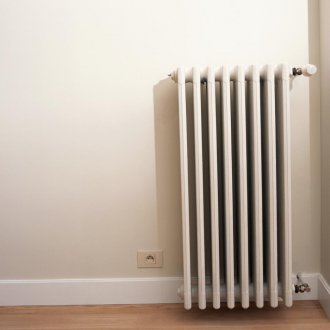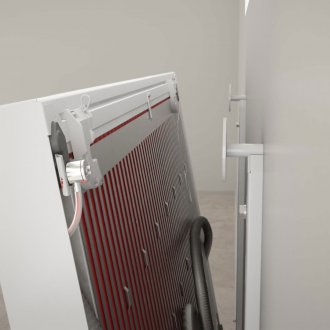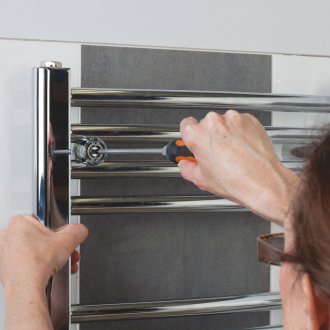How to connect a radiator: the nuances of choosing and installing heating appliances
Content
Before connecting a heating radiator, it is advisable to familiarize yourself with the models of heating products, the rules for their installation, because only the selection of a suitable battery and its accurate installation will guarantee the quality of the system and a comfortable atmosphere in the room.
How to connect aluminum heating radiators?
These batteries can be considered universal, as they perfectly "get along" with heating systems of any type. To service the premises of private houses, models with a maximum pressure of up to 6 Atm are quite suitable. Products of reinforced construction, withstanding pressure of about 16 Atm, are installed in high-rise buildings.
In the rooms, radiators are mounted under the windowsill or mounted side by side on the wall. The piping can be arranged both on one side of the heating device and on different sides. Moreover, in the case of a one-sided arrangement of pipes, it is not necessary to install multi-section models. With a versatile option for supplying pipes, you can mount batteries with the number of sections from 12 to 24.
To ensure good heat transfer, it is recommended to adhere to the following rules for the placement of radiators: from the floor - at least 10-13 cm, from the wall to the product - at least 2 -5 cm, to the windowsill - at least 10 cm.
When installing shut-off and control valves at the inlet / outlet, it will be possible to adjust the room temperature, turn off the radiator for repair or in emergency situations.
How to connect a bimetallic radiator?
These batteries combine the advantages of two metals - steel and aluminum - and are a worthy alternative to traditional cast-iron batteries or oil coolers. Products consist of steel cores and aluminum cases. Thanks to the materials and construction, heaters withstand high pressure and have the best thermal conductivity.
When installing batteries adhere to a certain sequence of work:
- the location of the radiator is indicated;
- brackets are installed;
- the battery is hooked;
- pipes and thermostatic valve are connected;
- An air valve must be installed to prevent the accumulation of gases inside the device.
Before starting installation work, the availability of all components of the heating device must be checked.
In order not to destroy the tightness of the structure, the use of any abrasive compounds is not recommended during assembly.
When working with fasteners, it should be borne in mind that left-handed and right-handed threads are used in bimetal radiators.
Before starting the installation, you must select the appropriate battery connection diagram (diagonal, side, bottom). If the device is attached to a one-pipe system, it will be rational to install a bypass, which will ensure the normal functioning of the heating structure when connecting the product in series.
How to connect a radiator in a room?
To ensure a comfortable atmosphere in the room, it is necessary not only to choose the right battery and install it. It is important to take into account the features of the arrangement of heating of the entire building.
How to connect heating radiators in a private house
A well-equipped system is important for heating both a large cottage and a compact structure. Moreover, it is desirable that the heating creates a comfortable atmosphere in the cold season and is not the biggest expense item of the budget.
There are two ways to connect heating radiators. Both types of wiring (single pipe and double pipe) have their advantages and disadvantages.
Advantages of the one-pipe system: simple connection, low costs for materials and equipment, the possibility of using various coolants (water, antifreeze). The disadvantages include a certain number of radiators on one line, the inability to control the temperature, low energy efficiency. Use such a system is recommended for buildings that have more than three floors.
In the two-pipe design, different branches are used to supply hot coolant to the radiator and cold movement. When equipping a private house, a horizontal system is mounted, which has several advantages:
- in all radiators, the coolant has the same temperature;
- each line can be equipped with a temperature regulator;
- easy piping allows you to install the system in the structure of any area and layout;
- good energy efficiency.
The disadvantages can be considered high cost and more complex installation, a large number of materials.
When installing radiators, different pipe connection options are used:
- one-sided (lateral) - pipes are started on one side, with hot water being supplied to the upper part of the radiator, and cold water is discharged from the bottom;
- diagonal - pipes are connected above (hot water) and below from different sides;
- saddle - pipes are connected at the bottom of the radiator (located horizontally), from different sides;
- lower - pipes are attached from below (installed vertically), and are nearby.
The saddle and lower types of connection are characterized by low energy efficiency. Since hot water circulates at the bottom of the radiator, and the upper region warms up slightly. This feature leads to a loss of energy efficiency (approximately 15%) and a slow warming up of the room.
The one-sided type of pipe fastening ensures uniform heating of the battery and is characterized by excellent heat dissipation. Due to the peculiarity of connecting the lines, it is advisable to use it in houses with a small number of radiators (up to 15 units).
The diagonal design diagram can be considered an ideal option when arranging a heating system at home. Since it is easily mounted in houses of any size and is characterized by a high rate of heat transfer (losses are about 2%).
How to connect a heating radiator in an apartment
In multi-storey buildings, two methods of organizing heating are used: one-pipe and two-pipe. They determine the option of connecting heating devices.
With a single-tube type, the coolant moves through a vertical pipe to radiators connected in series. In such a system, there is no pipe for discharging waste water. The design is distinguished by simple installation and simple maintenance, economical consumption of materials, since there is no need for jumpers, connecting elements and return risers. The disadvantage is the different degree of heating of apartments on the upper and lower floors. Sometimes there is a difference in air temperature even in the rooms of one apartment.
Separate pipelines are already present in the two-pipe system (especially for hot water and cooled), which increases its energy efficiency.
In apartments, the batteries are connected in two ways: serial and parallel.
- In a sequential version, the batteries are located directly in the system. There is no possibility to regulate the temperature of the radiator, and to repair the heater you have to turn off the entire system and drain the water from it. In apartments with such an arrangement of heating, cast-iron and tubular heating devices are installed.
- In the parallel method, the batteries receive the coolant through a pipe connected to a common riser. The cooled water is removed in the same way. The installation of ball valves allows you to block the movement of coolants and repair equipment without affecting the neighbors.
The main disadvantage is poor battery warming when the pressure in the network decreases. With this version of the heating system, aluminum radiators and bimetal radiators are used.
There are no strict requirements for choosing the type of battery connection. The diagonal version is optimally suited for multi-section models. For systems located in the floor, a bottom connection is used. The most typical and common is the side connection of the battery.
Recommendations on how to connect a radiator
When mounting the battery on the fasteners, it is important to check its position with a level, otherwise air plugs may appear in the future.
It is undesirable in the apartment to arbitrarily change the place of installation of radiators or connect additional batteries, as this can affect the heating mode of the neighbors in the riser.
The battery connection option affects its thermal efficiency. This point must be taken into account when studying the parameters of the device declared by the manufacturer.
In principle, any radiator can be installed independently. The complete set of heating devices includes not only the necessary details, but also detailed instructions for installing the product. However, if there is no experience in installation / disassembly, then it is advisable to contact professionals. It is the specialist who will determine how best to connect the radiators, taking into account the characteristics of the room and building.
